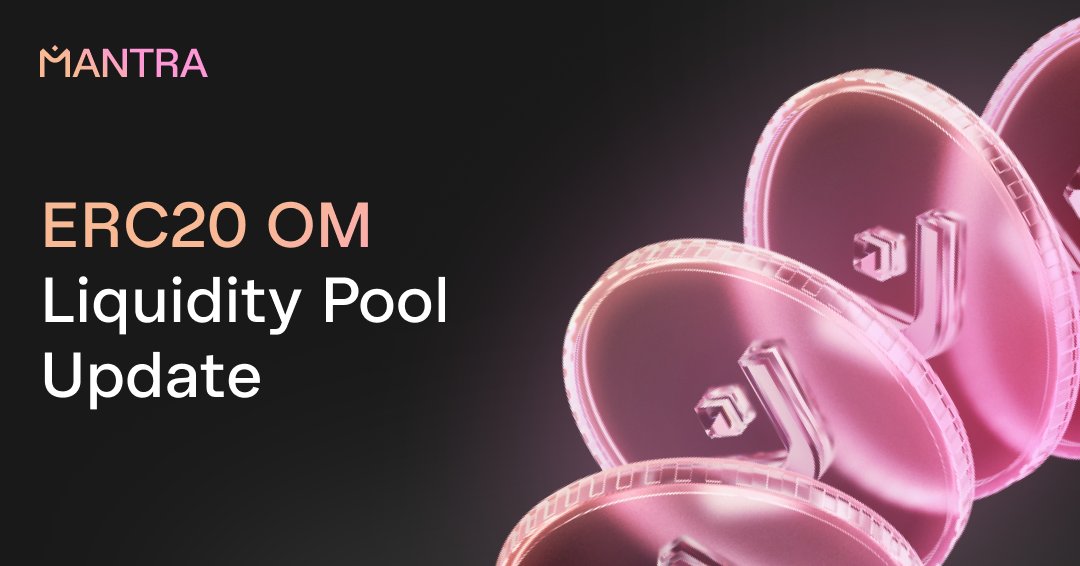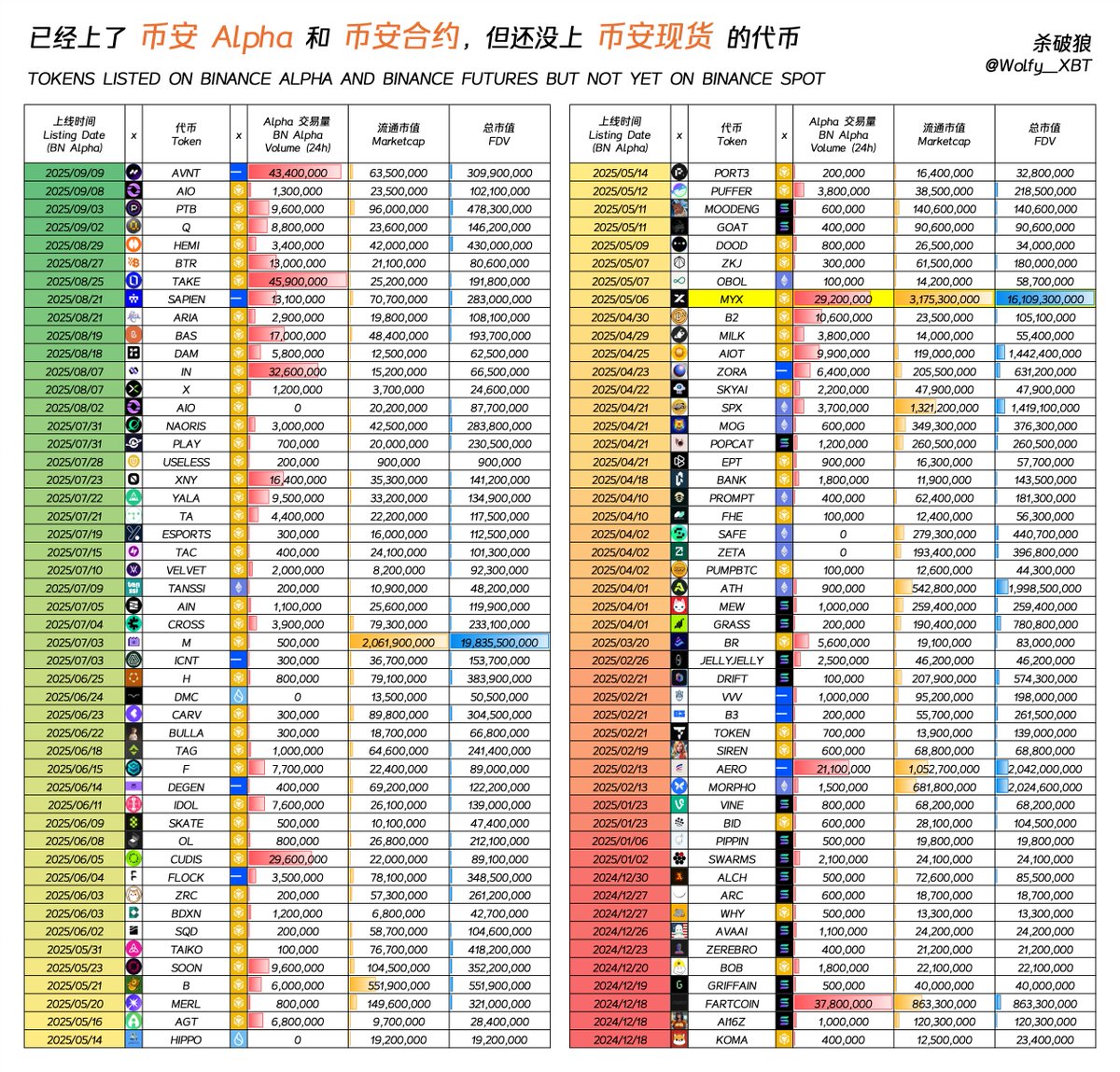Precio de MantraDAO
en EUR

Sobre MantraDAO
Aviso
OKX no proporciona recomendaciones de inversión o de activos. Debes considerar cuidadosamente si el trading o el holding de activos digitales es adecuado para ti a la luz de tu situación financiera. Consulta a tu asesor legal/fiscal/profesional de inversiones para preguntas sobre tus circunstancias específicas. Para obtener más información, consulta nuestros Términos de uso y Advertencia de riesgo Al usar el sitio web de terceros ("Sitio web de terceros" o "TWP"), aceptas que el uso del TWP estará sujeto a los términos de TWP. Salvo que se indique expresamente por escrito, OKX y sus afiliados ("OKX") no están asociados de ninguna manera con el propietario u operador del TPW. Aceptas que OKX no es responsable de ninguna pérdida, daño ni cualquier otra consecuencia generada por tu uso del TPW. Ten en cuenta que usar un TWP puede generar una pérdida o reducción de tus activos. El producto puede no estar disponible en todas las jurisdicciones.
Rendimiento del precio de MantraDAO
MantraDAO en las redes sociales






Guía

Crea una cuenta de OKX gratis.
Añade fondos a tu cuenta.
Elige tus criptos.
Preguntas frecuentes sobre MantraDAO
MANTRA es una plataforma DeFi que hace hincapié en la gobernanza impulsada por la comunidad, hacer staking, préstamos y mucho más. Opera en Parity Substrate para Polkadot, con el objetivo de crear un ecosistema financiero descentralizado.
MANTRA emplea una gobernanza transparente y ofrece varios servicios DAO y DeFi, incluyendo gestión de tesorería, launchpad, gobernanza DAO, staking, préstamos y más, involucrando a los usuarios en la toma de decisiones y actividades financieras.
Puedes comprar tokens OM en diferentes mercados de operaciones spot. Un ejemplo es el exchange de criptos de OKX, que ofreceOM/USDTpar de trading.
Si quieres comprar OM con monedas fiat, OKX tiene un "Compra exprésopción que es muy útil. La plataforma también te permite usarConvertirfunción para convertir tu exceso de holding a OM. También puedes convertir OM en fiat y usarCalculador de cripto de OKXpara comprobar las tasas de conversión.
Descubre más sobre MantraDAO
A la hora de buscar la verdadera descentralización, la construcción de comunidades es una base esencial. Esta comprensión ha impulsado la aparición deorganizaciones autónomas descentralizadas (DAO). Un ejemplo de este concepto es MANTRA DAO, un componente integral del ecosistema MANTRA.
¿Qué es MANTRA?
MANTRA (antes conocida como MANTRA DAO) es una comunidad gobernada porfinanzas descentralizadas (DeFi)plataforma que se especializa en staking, préstamos ygobernanza. Funciona como un espacio donde la comunidad no solo influye en los cambios futuros del proyecto votando, sino que también obtiene recompensas. Funcionando en Parity Substrate para elPolkadotEl ecosistema MANTRA DAO tiene como objetivo establecer un ecosistema comunitario, transparente y descentralizado para Web3 con el fin de dar poder a las personas con control financiero y crecimiento de la riqueza colectiva.
El equipo de MANTRA
MANTRA fue cofundada por Will Corkin, John Patrick Willin y Rodrigo Quan Miranda. Will Cormin es un emprendedor de blockchain y tecnología financiera con experiencia sustancial en mercados de criptomonedas y valores tokenizados. John Patrick Willin cuenta con experiencia como profesor y especialista en tokenización en Hong Kong. Rodrigo Miranda, un exbanker de inversión con sede en Hong Kong, pasó a tecnologías emergentes y fundó Moon Street Ventures.
¿Cómo funciona MANTRA?
En el centro del enfoque de MANTRA se encuentra un compromiso activo con la participación de la comunidad. Esta dedicación se refleja en un mecanismo de gobernanza transparente que fomenta la unidad y la toma de decisiones colaborativa. En este marco, la plataforma ofrece una variedad diversa de servicios DAO y DeFi, cuidadosamente diseñados para mejorar la seguridad y, al mismo tiempo, presentar posibilidades de obtener ganancias. Estos servicios incluyen aspectos esenciales como la gestión de tesorería, launchpad y el control de emisiones, la gobernanza de DAO y las subvenciones, entre otras ofertas.
Token de gobernanza de MANTRA: OM
MANTRA DAO introdujo su token nativo, OM, a mediados de agosto de 2020. Tiene un suministro máximo de 888 888 888 tokens 888 OM, equivalente a su suministro total. OM tiene varias aplicaciones, como el staking, la búsqueda de rentabilidad, los préstamos, la gobernanza y las votaciones.
Distribución de OM
OM se distribuye de la siguiente manera:
- 8500 % destinado al público mediante una venta pública
- 9 % distribuido mediante una venta privada
- 17,5 % retenido por el equipo y los asesores
- 30 % designado para recompensas de staking
- 12,5 % asignado a referidos
- 10 % asignado a la reserva
- 12,5 % reservado para subvenciones
Declaración de GEI





